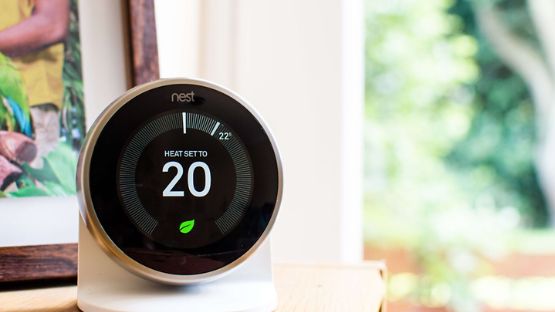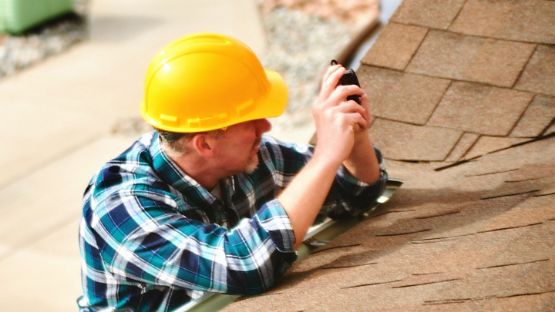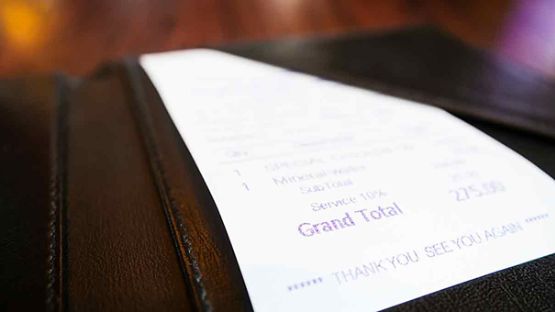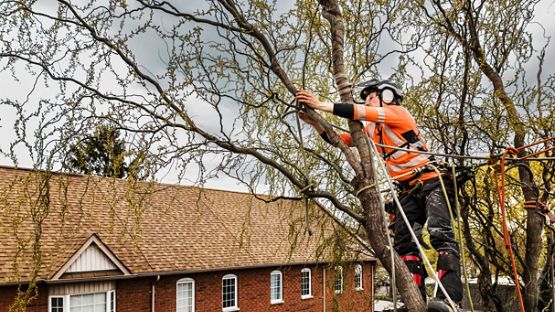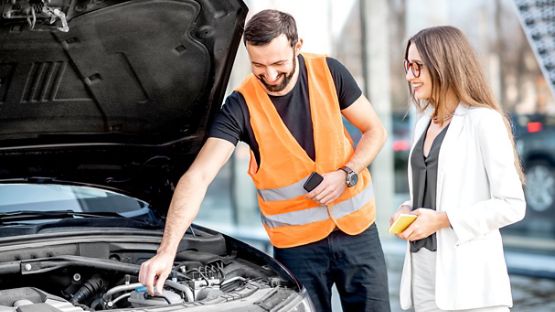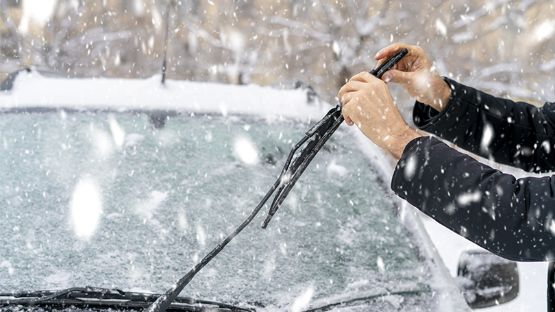In mere minutes, hailstorms can transform a pristine vehicle into a dimpled disaster, causing thousands of dollars in damage. With severe weather patterns becoming more unpredictable across Canada, knowing how to shield your vehicle from nature's frozen projectiles has never been more important.
As hail season approaches in Canada, particularly in high-risk provinces like Alberta, being prepared can make the difference between costly repairs and peace of mind. This guide will explore practical strategies to protect your vehicle before, during, and after hail events and ensure you have adequate insurance coverage for when prevention isn't enough.
Key takeaways
- Total insured damage to vehicles is now estimated to be nearly $1 billion. The damage was so extensive that roughly half of all vehicles damaged were total losses. (IBC)
- Simple preventative measures, like choosing covered parking, can eliminate most hail damage risks. Emergency protection methods can be improvised with common household items.
- Comprehensive auto insurance is essential for financial protection against hail damage.
Understanding the risk of hail damage in Canada
Canada experiences approximately 130 severe hail events annually, with "Hailstorm Alley" stretching from southern Alberta through parts of Saskatchewan seeing the highest concentration.
In recent years, Calgary alone has experienced multiple catastrophic hailstorms causing hundreds of millions in damages. Ontario's cottage country and the Greater Toronto Area have also seen increasing hail frequency.
Hail hits affect vehicles in several destructive ways:
- Surface dents on hoods, roofs, and trunk lids
- Cracked or shattered windshields and windows
- Damaged side mirrors and light fixtures
- Compromised paint leads to premature rusting
- Interior water damage from broken glass
The severity of car damage correlates directly with hailstone size, with stones larger than golf balls capable of penetrating metal panels.
Although severe weather forecast technology has improved, prediction windows often provide just 15-30 minutes' notice, not always enough time to reach shelter. This reality makes both preventative planning and insurance protection essential strategies.
What to do when hail strikes while driving
Being caught on the road during a hailstorm presents unique dangers beyond vehicle damage. If you find yourself driving when hail begins:
- Slow down gradually and pull over safely.
- Position your car at an angle to minimize windshield exposure to falling hail.
- Stay inside your vehicle as hail can cause personal injury.
- Cover yourself with a blanket or coat if glass breakage occurs.
- Turn your back to the windows and keep your face protected.
- Wait until the storm passes completely before resuming travel.
If no overhead shelter is available, parking next to a large building on the side away from the wind direction can provide partial protection. If accessible, shopping centers, service stations, or parking garages offer temporary refuge.
Remember that your safety always takes precedence over vehicle protection. Never attempt dangerous maneuvers or expose yourself to hail to protect your car.
Five ways to keep your car safe from hail
1. Find a covered parking spot
The most effective hail protection system is a physical barrier between your vehicle and the sky. When severe storm warnings appear:
- Seek out a nearby parking garage or covered location
- Consider temporary carport structures for home protection
- Book covered hotel parking when travelling during storm seasons
- Partner with neighbours who have garages for storm alerts
Some municipalities even offer emergency shelter programs during major storm warnings, opening public facilities with covered parking to residents. For daily protection, evaluate your regular parking locations with storm protection in mind.
2. Protect your car with hail covers
Purpose-designed hail car covers provide dedicated protection for your entire car. These specialized covers feature:
● Multiple padded layers to absorb impact
● Water-resistant outer shells
● Secure fastening systems to prevent wind displacement
● Reinforced protection for vulnerable areas like the car's roof
When selecting a hail protector, consider:
- Full-coverage designs that protect side panels as well as horizontal surfaces
- Quick-deployment features for emergency use
- Proper sizing for your specific vehicle model
- Storage convenience when not in use
Quality covers can prevent thousands in damage. Some advanced systems even include inflatable layers that create air cushions for maximum protection.
3. Use a hail blanket as an alternative
Hail blankets offer a more affordable and versatile alternative to dedicated car covers. These multi-purpose protective coverings:
- Can be rapidly deployed in emergency situations
- Typically cost less than specialized covers
- Provide good protection for the most vulnerable horizontal surfaces
- Double as emergency protection for other valuables
When selecting a hail blanket, look for:
- Dense, impact-resistant materials like thick moving blankets
- Waterproof backing to prevent moisture damage
- Securing methods like edge grommets or weighted corners
- Appropriate size to cover at least your hood, roof and trunk
While not offering the complete protection of a dedicated cover, quality blankets can significantly reduce damage during moderate hail events and can be easily stored in your trunk for emergency use.
4. Emergency protection with floor mats
When caught without specialized protection, your vehicle's floor mats can serve as improvised shields for vulnerable areas:
- Remove mats and place them over your windshield and rear window
- Secure with your wipers or duct tape if available
- Prioritize protecting your windshield and back glass over body panels
- Layer multiple mats on the most exposed areas like the hood or roof
While this approach won't prevent all damage, it can reduce the severity of impacts to critical glass components. Some drivers in hail-prone regions keep extra mats specifically for this purpose.
For additional protection, soft bathroom towels can supplement floor mats to cover side and rear windows. The goal is to create cushioning layers that absorb impact force before it reaches your vehicle's surfaces.
5. Use cardboard boxes for protection
In a true emergency, flattened cardboard boxes can provide surprisingly effective protection:
- Break down boxes to create flat panels
- Layer multiple pieces for strength
- Secure them to your vehicle with duct tape or hold them in place with wipers
- Cover horizontal surfaces first, then windows if materials allow
- Consider attaching cardboard to a roof rack for additional stability
The cellular structure of corrugated cardboard absorbs impact energy, potentially preventing or reducing dent formation. While not ideal for large hail, this method can be effective against smaller ice particles.
Some drivers keep flattened boxes in their trunks during storm season for this specific purpose. If using this technique, remember that wet cardboard loses structural integrity, so apply fresh layers as needed if the storm lingers.
Understanding insurance options for hail damage
The importance of comprehensive insurance coverage
When prevention fails, insurance becomes your financial safety net. Comprehensive coverage is the specific policy component that protects against hail damage. Unlike collision coverage, which only applies to accidents with other vehicles or objects, comprehensive auto insurance coverage can include, but is not limited to:
- Hail, wind and flood damage
- Falling objects (including tree limbs during storms)
- Fire and explosion
- Theft and vandalism
Many car owners mistakenly believe they're fully protected with their policies, only to discover too late that hail damage isn't covered. It’s important to confirm what coverage you have on your policy.
How adequate insurance coverage protects your investment
Vehicle hail damage presents unique financial challenges:
- Repair costs will depend on the severity of the damage
- Severe cases may reach replacement costs for the entire vehicle
- After-market value can decrease even after repairs
Your car insurance policy should provide protection against these potential losses. When evaluating coverage:
- Ensure you’ve reported repairs to your insurer if you’ve taken a cash settlement on a prior claim
- Verify your hail deductible amount
- Understand how the age of your vehicle can affect claim payments
- Check if your policy includes coverage for temporary transportation
Working with your insurance company after hail damage
If your vehicle sustains hail damage despite your best prevention efforts:
- Document damage immediately with photos from multiple angles
- Contact your insurance company before initiating repairs
- Understand your coverage limits and deductible responsibilities
- Consider specialized paintless dent repair services for the best results
- Keep records of all communications regarding your claim
Most insurers have streamlined processes for hail claims in high-risk regions. Some even deploy mobile claim centers after major storms to expedite processing in affected communities.
Conclusion: Stay prepared and protected
As unpredictable weather patterns continue to evolve across Canada, protecting your vehicle from hail requires both prevention and financial preparation. The most effective strategy combines:
- Regular monitoring of weather alerts during hail season
- Proactive use of covered parking whenever possible
- Investment in quality protective covers for emergency situations
- Knowledge of improvised protection techniques when caught unprepared
- Comprehensive insurance coverage as your financial backup plan
Implementing these approaches can significantly reduce the risk and financial impact of hail damage to your vehicle. Remember that preparation before hail season arrives is always more effective than reaction once storms begin.
Consult with your insurance representative for personalized guidance on protecting your specific vehicle and ensuring appropriate coverage levels. They can provide customized recommendations based on your location, vehicle value, and risk exposure to help keep your car looking its best, regardless of what falls from the sky.


